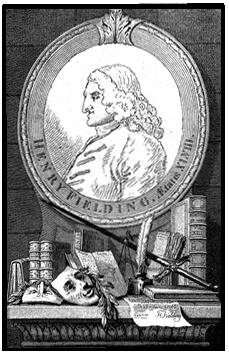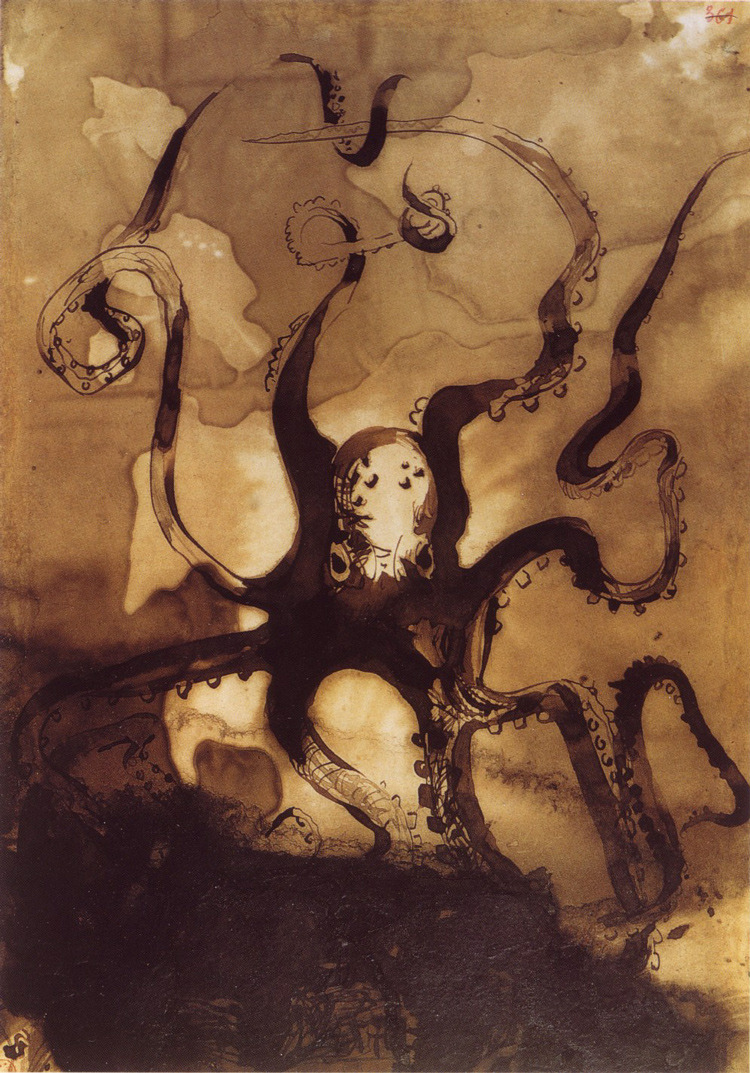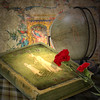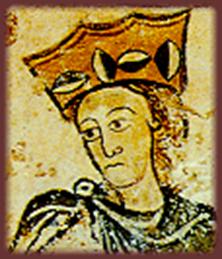When I think of the Sunshine State, images like the one above inevitably come to mind, along with idyllic memories of the Magic Kingdom. Not far behind, however, are the not quite so pretty descriptions of Florida evoked by writers such as Zora Neale Hurston and Carl Hiaasen. Following are a sampling of books that look past Florida's theme parks and beaches to a deeper understanding to the state's past and present.
First published in 1937,
Their Eyes Were Watching God is African American writer Zora Neale Hurston's most esteemed novel. It focuses on Janie Crawford, a beautiful thrice-married black woman seeking love and empowerment in the racist, sexist world of 1930s central Florida. Janie finally finds the right man in Vergible "Tea Cake" Woods, but a catastrophic hurricane sets off a series of fateful events that doom the couple.

Unquestionably Florida's most popular writer today, Carl Hiaasen has the enviable ability to deal with
Native Tongue, the scheming owner of an ecologically challenged theme park in North Key Largo stirs up an array of activist opposition, including the author's greatest creation, recurring character Clinton Tyree, a.k.a. Skink, a half-insane former governor who lives in the woods in a junked car and eats road kill.
serious issues in an entertaining and inventive manner. In one of his best novels,

One of Florida's most intriguing
real-life murder cases occurred in
1910 when an ornery, red-bearded man named Ed Watson was shot to death vigilante-style by his Everglades neighbors, who believed him to be a serial killer. Peter Matthiessen recounts Watson's life, death, and alleged crimes in three remarkable novels that combine historical fact and creative conjecture, beginning with
Killing Mr. Watson.

Susan Carol McCarthy's first novel,
Lay That Trumpet In Our Hands, draws on her Florida childhood. Triggered by the racially charged murder of a black orange grove worker in 1951, the plot centers on a white family's determined stand against hatred and bigotry in a Ku Klux Klan–dominated community in central Florida. The narrator, young Reesa McMahon, exhibits a poignant blend of innocence, courage, fear, and maturity; cameo appearances by historical figures such as
Thurgood Marshall and
Harry T. Moore (Florida's first civil rights martyr) enhance the book's power.
~ For more themed book lists, check out
Listless by One Librarian's Book Reviews and
Listed by Once Upon a Bookshelf ~






































